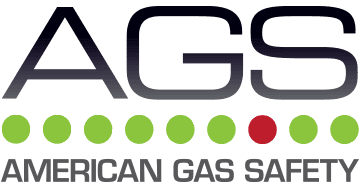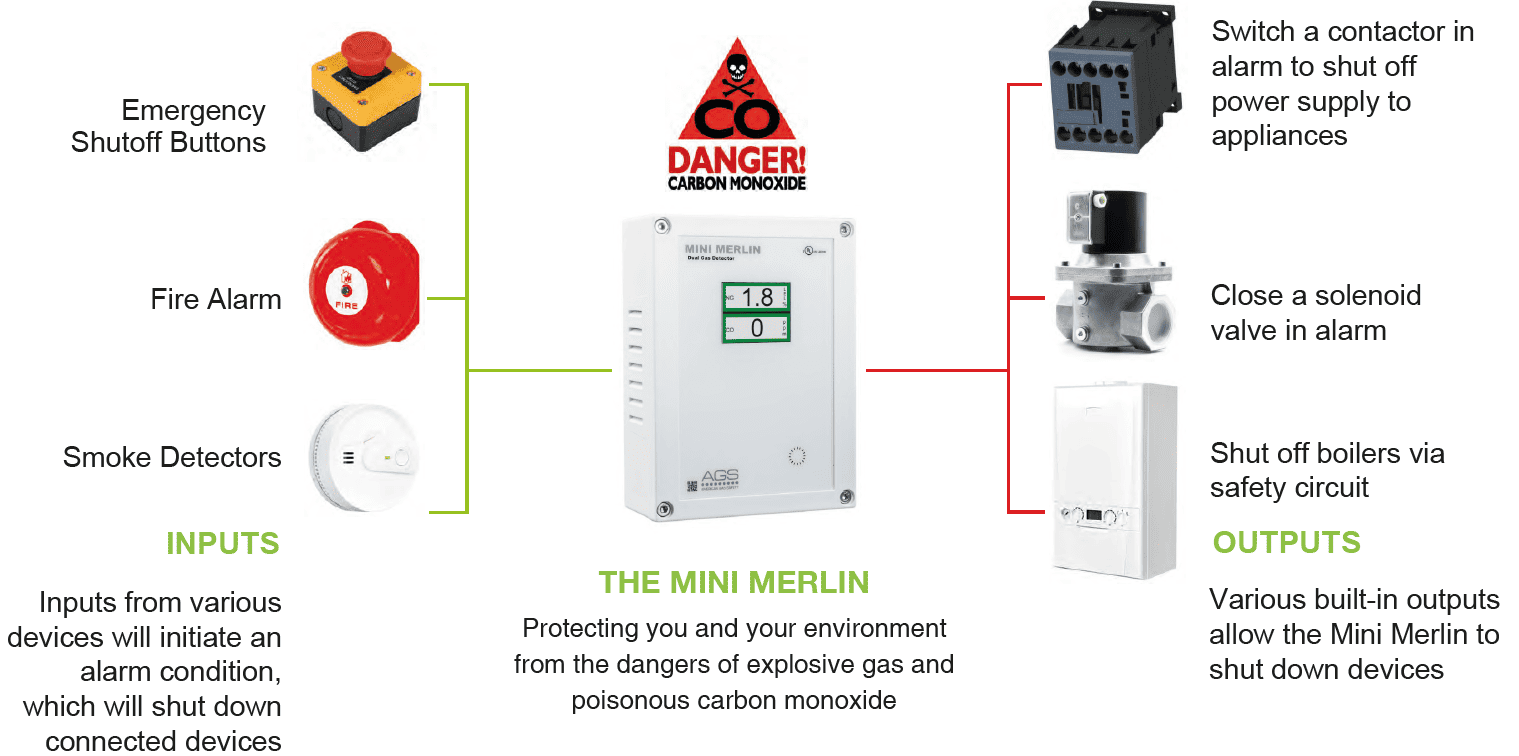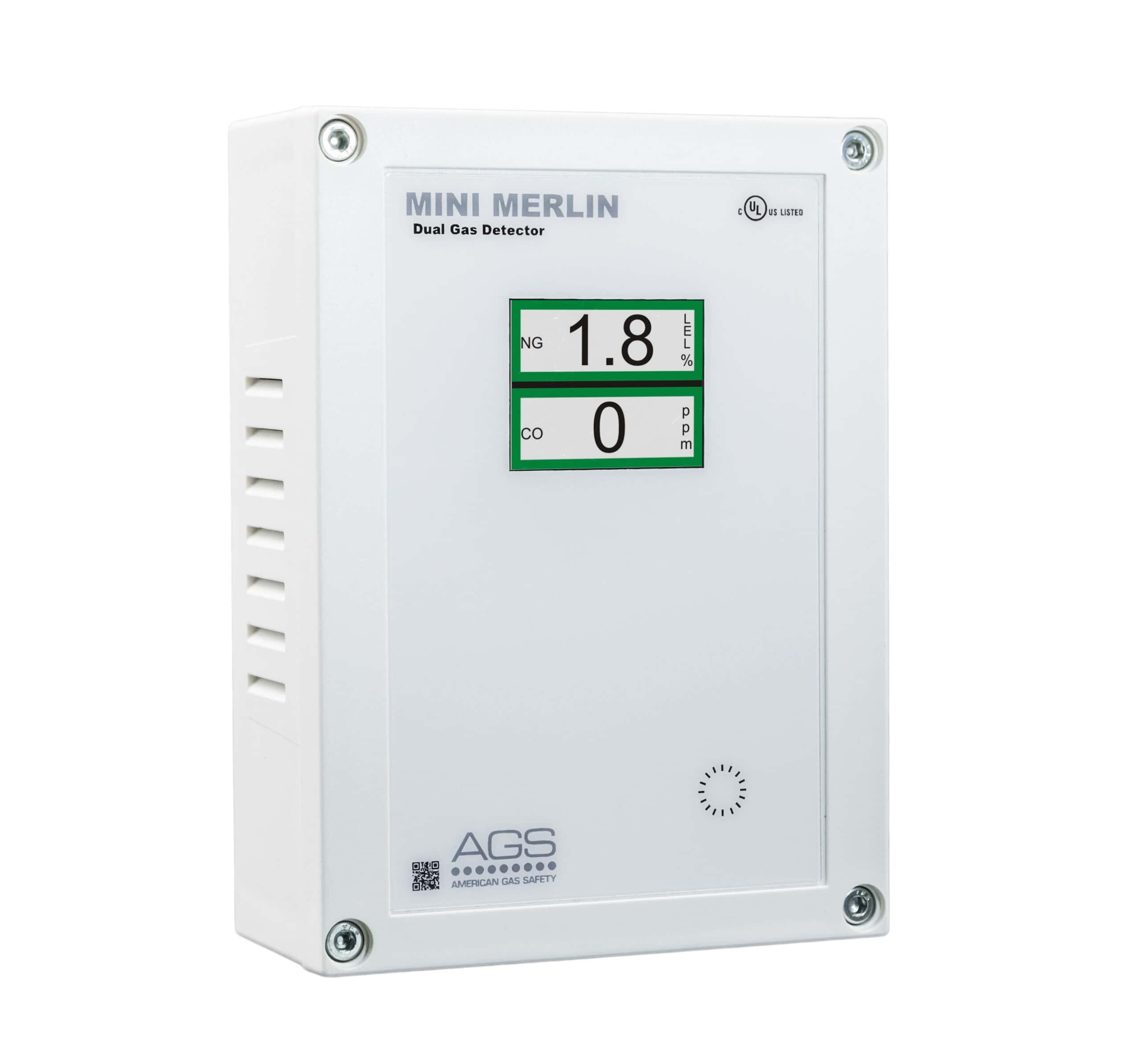§908-01 Carbon Monoxide Detectors.
(a) Scope. Pursuant to sections 908.7.2 and 908.7.3 of the Building Code (BC), listed carbon monoxide (CO) detectors required to be installed in E, I-2 and I-4 occupancies and in buildings equipped with a fire alarm system that contain Group A-1, A-2, A-3, B or M occupancies, as defined in BC Chapter
3, must be installed in accordance with the requirements of this section.
(1) These requirements do not apply to those R-2 occupancies that are adjacent to or above those occupancies classified in this section.
(2) Pursuant to BC section 908.7.3.1, existing buildings must comply with the requirements of this subdivision by July 1, 2021.
(b) Reference. See section 28-315.11 of the New York City Administrative Code (AC), and BC sections 908.7.2, 908.7.3, 908.7.3.1 and 908.7.4. (c) Group E, I-2 and I-4 occupancies. CO detectors with built-in sounder bases installed in E, I-2 and I-4 occupancies in accordance with BC 908.7.2 must be installed in the following locations:
(1) Any room containing carbon monoxide-producing equipment, except kitchens and laboratories.
(2) Any corridor on the story where carbon monoxide-producing equipment unit is located, as well as one story above and one story below.
(d) Group A-1, A-2 and A-3 occupancies. CO detectors with built-in sounder bases installed in buildings that are equipped with a fire alarm system and that contain A-1, A-2 or A-3 occupancies must be installed in the following locations:
(1) Any room containing CO-producing equipment, except kitchens.
(2) Any occupiable room or space on the same floor as, one story above, or one story below the CO-producing equipment that is at least 75 square feet and is not provided with mechanical ventilation.
(e) Group B and M occupancies. CO detectors with built-in sounder bases installed in buildings that are equipped with a fire alarm system and that contain Group B or M occupancies must be installed in the following locations:
(1) Any room containing CO-producing equipment, except kitchens.
(2) Any corridor on the story where carbon monoxide-producing equipment unit is located, as well as one story above and one story below.
(6) Detection zones:
(i) Detection zones less than 10,000 square feet. Where carbon monoxide detection is required to be provided in a detection zone having an area less than 10,000 square feet, the carbon monoxide detection shall be placed in a central location within such detection zone.
(ii) Detection zones 10,000 square feet or greater. Where carbon monoxide detection is required to be provided in a detection zone having an area 10,000 square feet or greater, carbon monoxide detection shall be placed in a central location within such detection zone and at such additional locations with such detection zone as may be necessary to assure that no point in the detection zone is more than 100 feet from carbon monoxide detection.
(f) Equipment shutdown. Activation of a CO detector located at the source of CO-producing equipment must shut down that source. This provision does not apply where the source is a generator.
(g) Installation requirements. CO detectors must be installed in accordance with NFPA 720 – 2015 edition, as modified for New York City by this section.
(h) Fire alarm control units. The provisions of section 23.8.2.2 of NFPA 72 – 2010 regarding having a separate panel apply to CO detectors.



